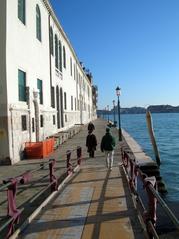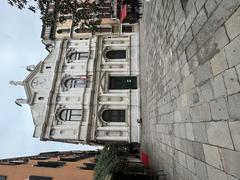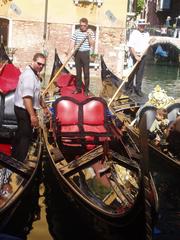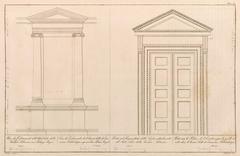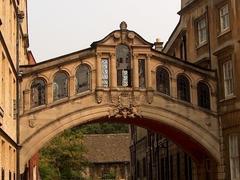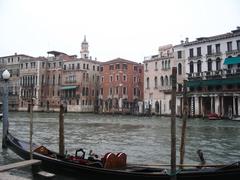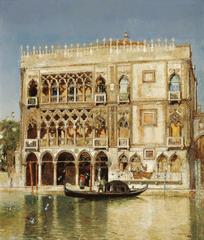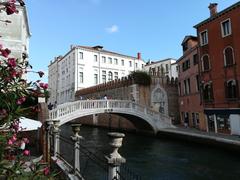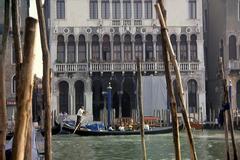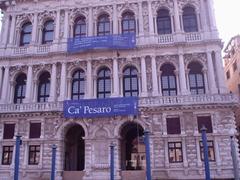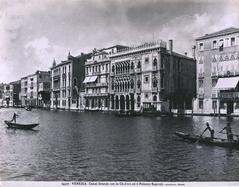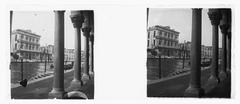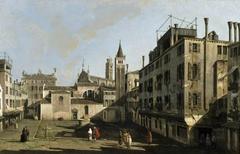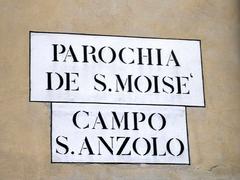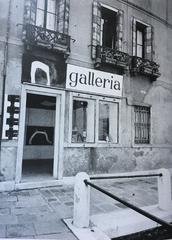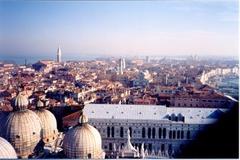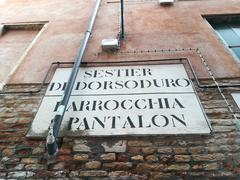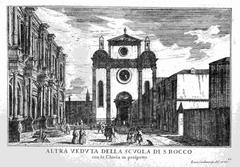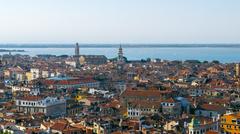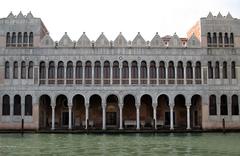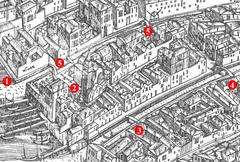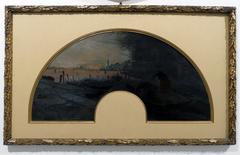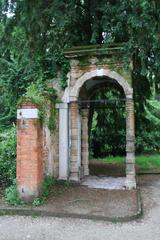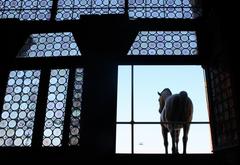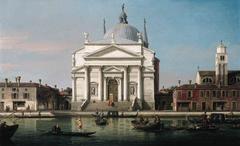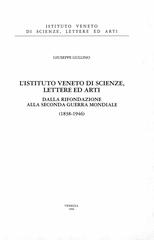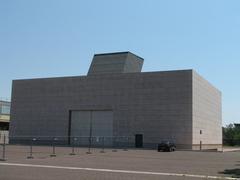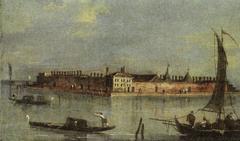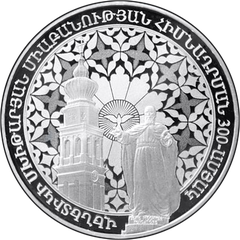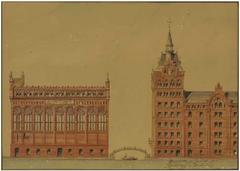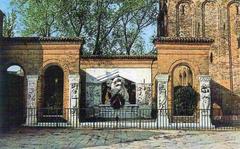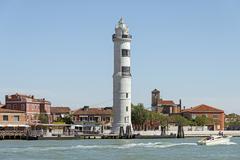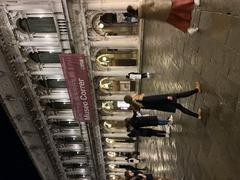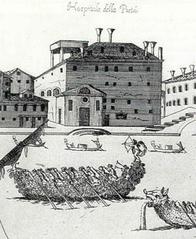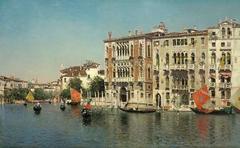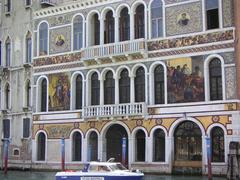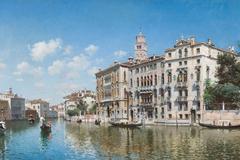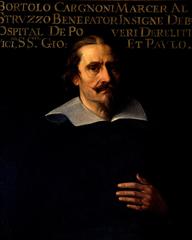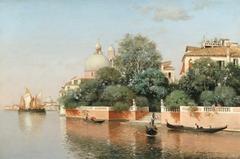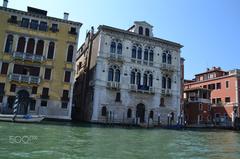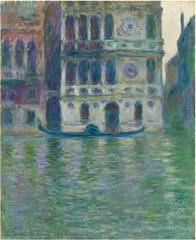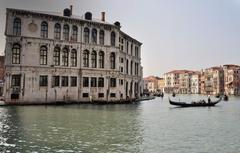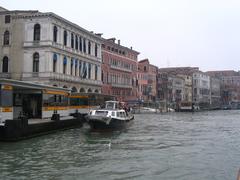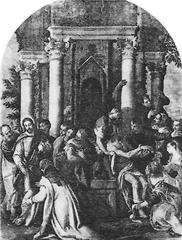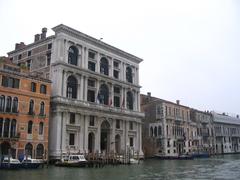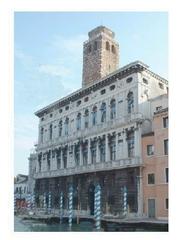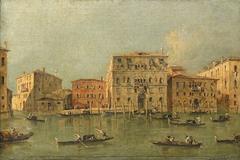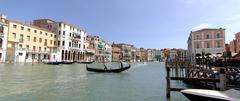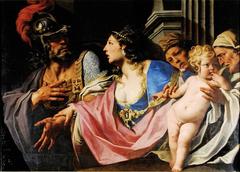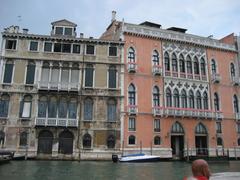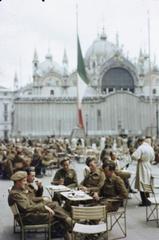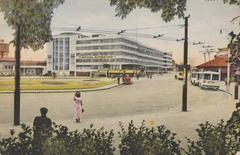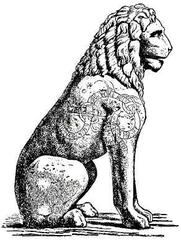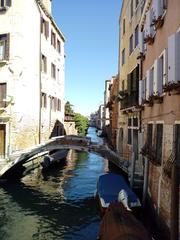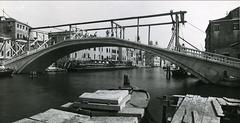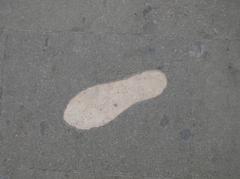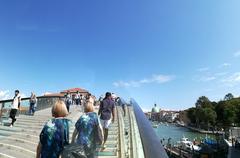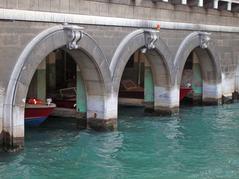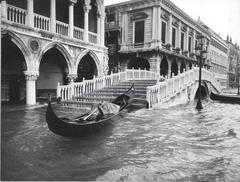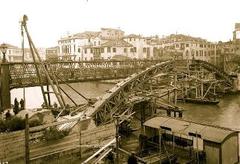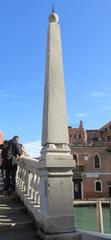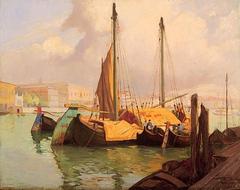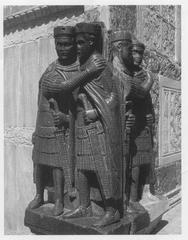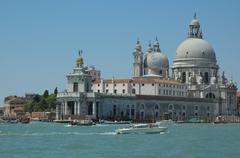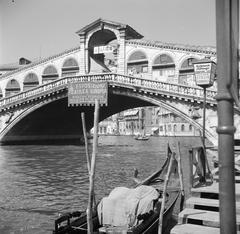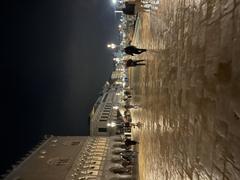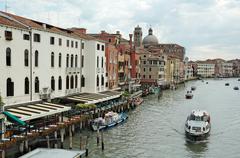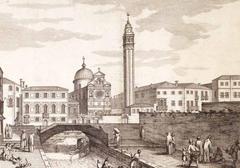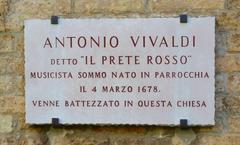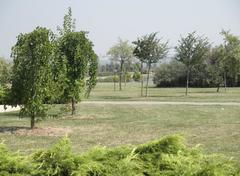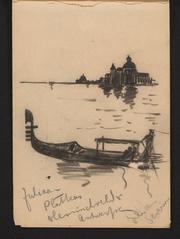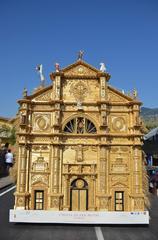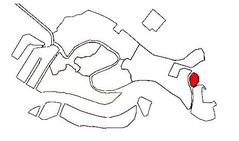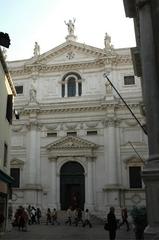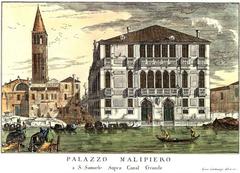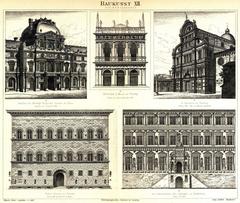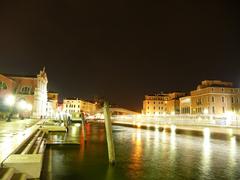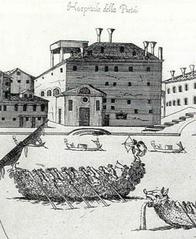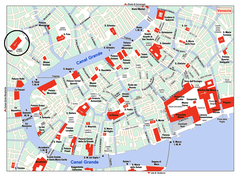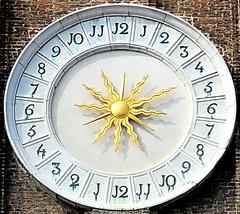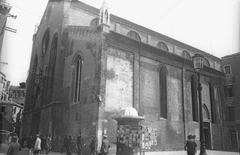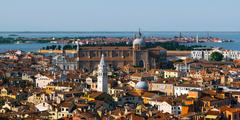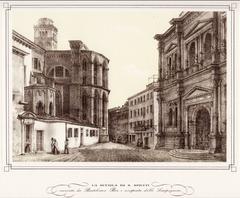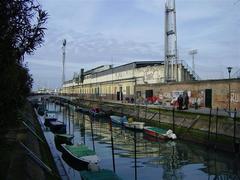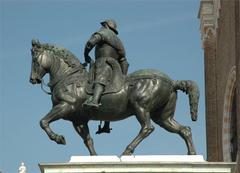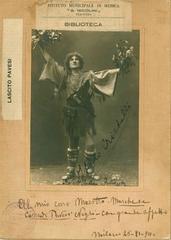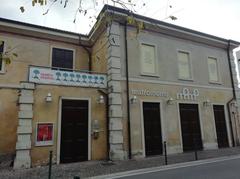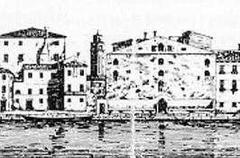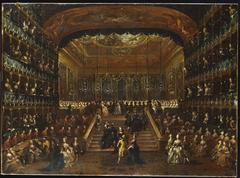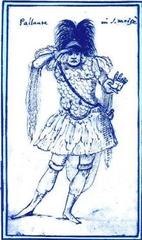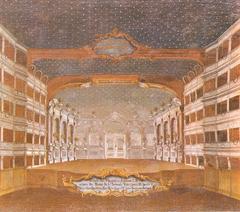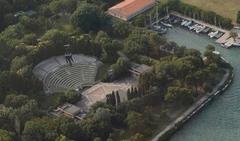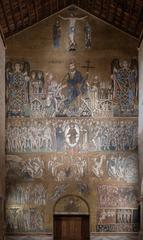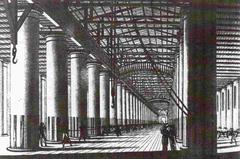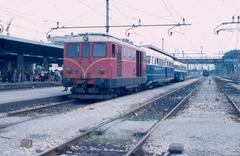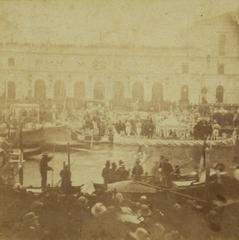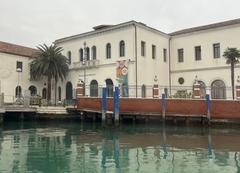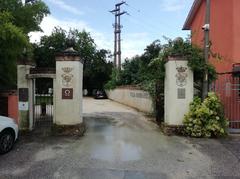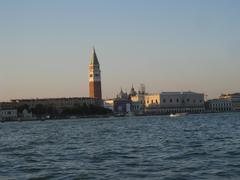Comprehensive Guide to Visiting Daniele Manin in Venice: History, Significance, Visitor Tips, and Essential Information
Date: 24/07/2024
Introduction
Daniele Manin stands as a towering figure in the annals of Venetian and Italian history. Born in 1804, Manin’s life transitioned from a distinguished lawyer to a revolutionary leader who played a pivotal role in Venice’s struggle for independence from Austrian rule. His leadership during the 1848-49 revolution, which culminated in the brief establishment of the Republic of San Marco, left an indelible mark on both Venice and the broader movement for Italian unification. Today, visitors to Venice can explore the rich legacy of Daniele Manin through various historical sites and commemorations that offer a unique glimpse into this turbulent yet inspiring period. From the statue in Campo Manin to the archives at Biblioteca Nazionale Marciana, the city is imbued with reminders of Manin’s enduring impact. This comprehensive guide aims to provide tourists with all the essential information they need, including historical insights, visitor tips, and nearby attractions, to ensure a memorable and enriching experience in Venice. For those seeking to delve deeper into the Risorgimento and the life of Daniele Manin, this guide serves as an invaluable resource (Encyclopedia.com, Britannica, Venipedia, Wikipedia).
Table of Contents
Exploring Daniele Manin’s Legacy
Early Life of Daniele Manin
Daniele Manin was born on May 13, 1804, in Venice, Italy. His birth name was Daniele Fonseca, but he later adopted the surname Manin from his maternal grandfather, a prominent lawyer. Manin’s early life was marked by a strong academic inclination, and he pursued law at the University of Padua, where he graduated with distinction. His legal career began in Venice, where he quickly gained a reputation for his eloquence and dedication to justice.
Political Awakening
Manin’s political awakening was influenced by the growing discontent with Austrian rule over Venice. The Congress of Vienna in 1815 had placed Venice under Austrian control, leading to widespread dissatisfaction among Venetians. Manin, initially a moderate, gradually became more radical in his views as he witnessed the oppressive measures imposed by the Austrian authorities. His legal background and oratory skills made him a prominent figure in the burgeoning nationalist movement.
The Revolution of 1848
The year 1848 was a watershed moment in European history, marked by a series of revolutionary uprisings across the continent. In Venice, the revolution was spearheaded by Daniele Manin, who emerged as a key leader in the struggle for independence from Austrian rule. On March 17, 1848, Manin and fellow patriot Niccolò Tommaseo were arrested by Austrian authorities for their nationalist activities. However, the arrest sparked widespread protests, leading to their release and the subsequent declaration of the Republic of San Marco on March 22, 1848.
Leadership of the Republic of San Marco
As the president of the newly declared Republic of San Marco, Manin faced the daunting task of defending Venice against Austrian forces. His leadership was characterized by a blend of pragmatism and idealism. Manin sought to garner international support for the Venetian cause, appealing to both France and the Kingdom of Sardinia. Despite his efforts, the Republic faced significant challenges, including a lack of resources and internal divisions.
Siege of Venice
The Austrian forces, determined to reclaim Venice, laid siege to the city in the summer of 1848. The siege lasted for nearly a year, during which the citizens of Venice displayed remarkable resilience and solidarity. Manin’s leadership during this period was instrumental in maintaining morale and organizing the city’s defenses. However, the prolonged siege took a toll on the population, leading to severe shortages of food and medical supplies.
Fall of the Republic
Despite the valiant efforts of Manin and the Venetian defenders, the Republic of San Marco ultimately fell to the Austrians on August 27, 1849. Manin, along with other leaders of the revolution, was forced into exile. He spent the remainder of his life in Paris, where he continued to advocate for Italian unification and independence. Manin died in exile on September 22, 1857, but his legacy as a champion of Venetian and Italian nationalism endured.
Legacy and Commemoration
Daniele Manin’s contributions to the cause of Italian unification and his role in the Venetian revolution have been commemorated in various ways. In Venice, the Campo Manin, a square named in his honor, features a prominent statue of Manin. The statue, sculpted by Luigi Borro, was unveiled in 1875 and stands as a testament to Manin’s enduring legacy. Additionally, Manin’s writings and speeches continue to be studied by historians and scholars interested in the Risorgimento, the movement for Italian unification.
Significance in Italian History
Manin’s significance in Italian history extends beyond his role in the Venetian revolution. He is remembered as a symbol of resistance against foreign domination and a proponent of democratic ideals. His efforts to unite various factions within the nationalist movement and his appeals for international support highlight his diplomatic acumen. Manin’s vision of a unified and independent Italy resonated with future generations of Italian patriots, contributing to the eventual unification of Italy in 1861.
Visitor Tips
For those visiting Venice and interested in exploring the historical legacy of Daniele Manin, several sites offer insights into his life and the revolutionary period. The Campo Manin is a must-visit, where visitors can view the statue of Manin and reflect on his contributions to Venetian history.
- Opening Hours: Campo Manin is accessible 24 hours a day, but it’s best visited during daylight hours for a clearer view.
- Ticket Prices: Visiting Campo Manin is free of charge.
- Nearby Attractions: Located nearby are the Museo Correr and St. Mark’s Square, both of which provide additional context and exhibits related to the 1848 revolution.
- Accessibility: Campo Manin is accessible to visitors with reduced mobility. The surrounding area is relatively flat and easy to navigate.
Visitors are encouraged to explore the city’s historical archives and libraries, such as the Biblioteca Nazionale Marciana, which contain valuable documents and manuscripts related to Manin and the revolution. Guided tours focusing on the Risorgimento and Venice’s role in the movement for Italian unification are also available, offering a deeper understanding of this pivotal period in history.
For a more immersive experience, visitors can attend lectures and events organized by local historical societies and academic institutions. These events often feature expert speakers and provide opportunities for engaging discussions on the legacy of Daniele Manin and the broader context of the 1848 revolutions.
FAQ Section
What are the visiting hours for Campo Manin?
Campo Manin is accessible 24 hours a day, but it is best visited during daylight hours for a clearer view.
Are there any special tours related to Daniele Manin in Venice?
Yes, guided tours focusing on the Risorgimento and Venice’s role in the movement for Italian unification are available.
Where can I learn more about the 1848 revolution in Venice?
Museo Correr, located in St. Mark’s Square, houses exhibits related to the 1848 revolution and provides a comprehensive overview of Venice’s political history.
Call to Action
Explore the rich history of Venice through the lens of Daniele Manin’s legacy. Visit Campo Manin, delve into the archives at Biblioteca Nazionale Marciana, and participate in guided tours for a comprehensive understanding of this pivotal period. Don’t forget to check out our related posts and follow us on social media for the latest updates on Venetian history and cultural events.
Conclusion
In exploring Daniele Manin’s legacy, visitors to Venice can gain a profound understanding of a pivotal chapter in the city’s history and the broader Italian Risorgimento. Manin’s leadership, marked by resilience and patriotism, continues to inspire and resonate. From the statue at Campo Manin to the rich collections at Museo Correr, Venice offers numerous opportunities to connect with this historical period. By following the visitor tips provided in this guide, including best times to visit, nearby attractions, and practical travel advice, tourists can ensure a fulfilling and memorable experience. Moreover, participating in guided tours and local events can deepen one’s appreciation of Manin’s contributions and the enduring spirit of Venetian independence. Whether you are a history enthusiast or a casual traveler, the legacy of Daniele Manin offers a compelling narrative that enriches any visit to Venice. For ongoing updates and more detailed explorations of Venetian history, follow our social media channels or check out our related posts (Savoring Italy, Through Eternity).
References
- Encyclopedia.com. (n.d.). Daniele Manin. https://www.encyclopedia.com/people/history/italian-history-biographies/daniele-manin
- Britannica. (n.d.). Daniele Manin. https://www.britannica.com/biography/Daniele-Manin
- Venipedia. (n.d.). Daniele Manin, a man capable of speaking to the heart and soul of Venetians. https://venipedia.it/en/folio/daniele-manin-man-capable-speaking-heart-and-soul-venetians
- Wikipedia. (n.d.). Daniele Manin. https://en.wikipedia.org/wiki/Daniele_Manin
- Savoring Italy. (n.d.). Venice Travel Guide. https://www.savoringitaly.com/venice/
- Through Eternity. (n.d.). Visit Venice: Travel Guide. https://www.througheternity.com/en/blog/venice-travel-guide/visit-venice-travel-guide.html
